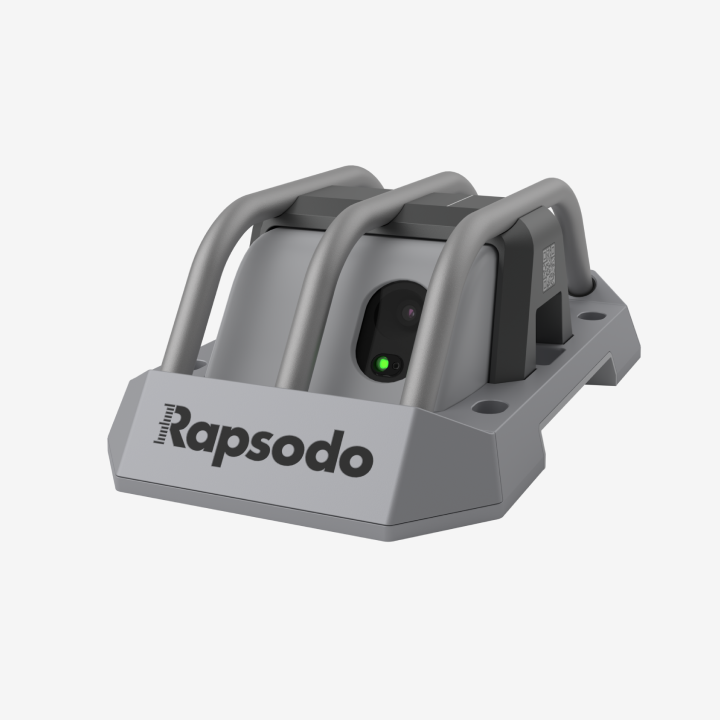In 2019, MLB four-seam fastball spun at roughly 2300 rpms; however, the most effective four-seamers averaged well above that mark. Given the nature of the pitch, maximizing raw spin and spin efficiency is vital. I’ll use a pitcher from a previous article to better illustrate what spin efficiency can do for a true four-seam fastball.
| Velocity (mph) | Spin Direction (hh:mm) | Gyro Degree | Spin Rate (rpm) | Spin Efficiency | Vertical Break (in.) | Horizontal Break (in.) |
| 84.9 | 11:22 | -5° | 2158 | 99.6% | 23.2 | -8.2 |
Relative to his velocity, the pitcher in the example above is able to generate above average raw spin measurements on their fastball (25.4 Bauer Units; MLB average ≈ 24.0). Coupling this with their near-12:00 spin direction makes spin efficiency an incredibly important measurement to pay attention to. If this pitcher were slightly cutting the ball and only getting spin efficiencies near 85-90%, they would not be able to generate the kind of life and ride that makes this pitch effective, especially in the upper third of the strike zone.
Not every pitcher is going to be able to throw from a near-12:00 spin direction, nor is every pitcher able to generate Bauer Units above 24.0. Pitchers who fall into the latter category will have the ability to add weight to their fastballs and create more pronounced sink. Two-seam fastballs/sinkers (MLB average spin rate ≈2150 rpms) should have spin efficiencies between 75-100%; this range is wide primarily due to the fact that different efficiencies work best with different spin directions, arm slots, and grip/feel. We can see this with the two pitchers in the example below; Pitcher A throws from a conventional ¾ slot, while Pitcher B has a lower, almost sidearm delivery.
| Velocity (mph) | Spin Direction (hh:mm) | Gyro Degree | Spin Rate (rpm) | Spin Efficiency | Vertical Break (in.) | Horizontal Break (in.) | |
| Pitcher A | 88.0 | 1:20 | 20° | 1956 | 95.0% | 12.0 | 13.6 |
| Pitcher B | 84.7 | 2:08 | 38° | 1900 | 79.2% | 5.8 | 14.0 |
Of the three fastball variants, cutters (MLB average spin rate ≈2350 rpms) will have the lowest spin efficiency (45-65%) since they employ the most gyroscopic spin in the fastball group. Cutters are a great variant for pitchers with average spin rate who are either unable to generate significant vertical and/or horizontal break or have difficulty staying flush behind the ball at release. It is important to keep the spin efficiency of this pitch in the 45-65% range. If thrown above this range, the ball can flatten out and can lose some depth and cut; a cutter thrown below this range blends in to slider territory, causing it to lose spin-induced break and become more of a cement mixer.
| Velocity (mph) | Spin Direction (hh:mm) | Gyro Degree | Spin Rate (rpm) | Spin Efficiency | Vertical Break (in.) | Horizontal Break (in.) |
| 85.0 | 11:46 | 56° | 2057 | 56.2% | 10.9 | -1.5 |

















